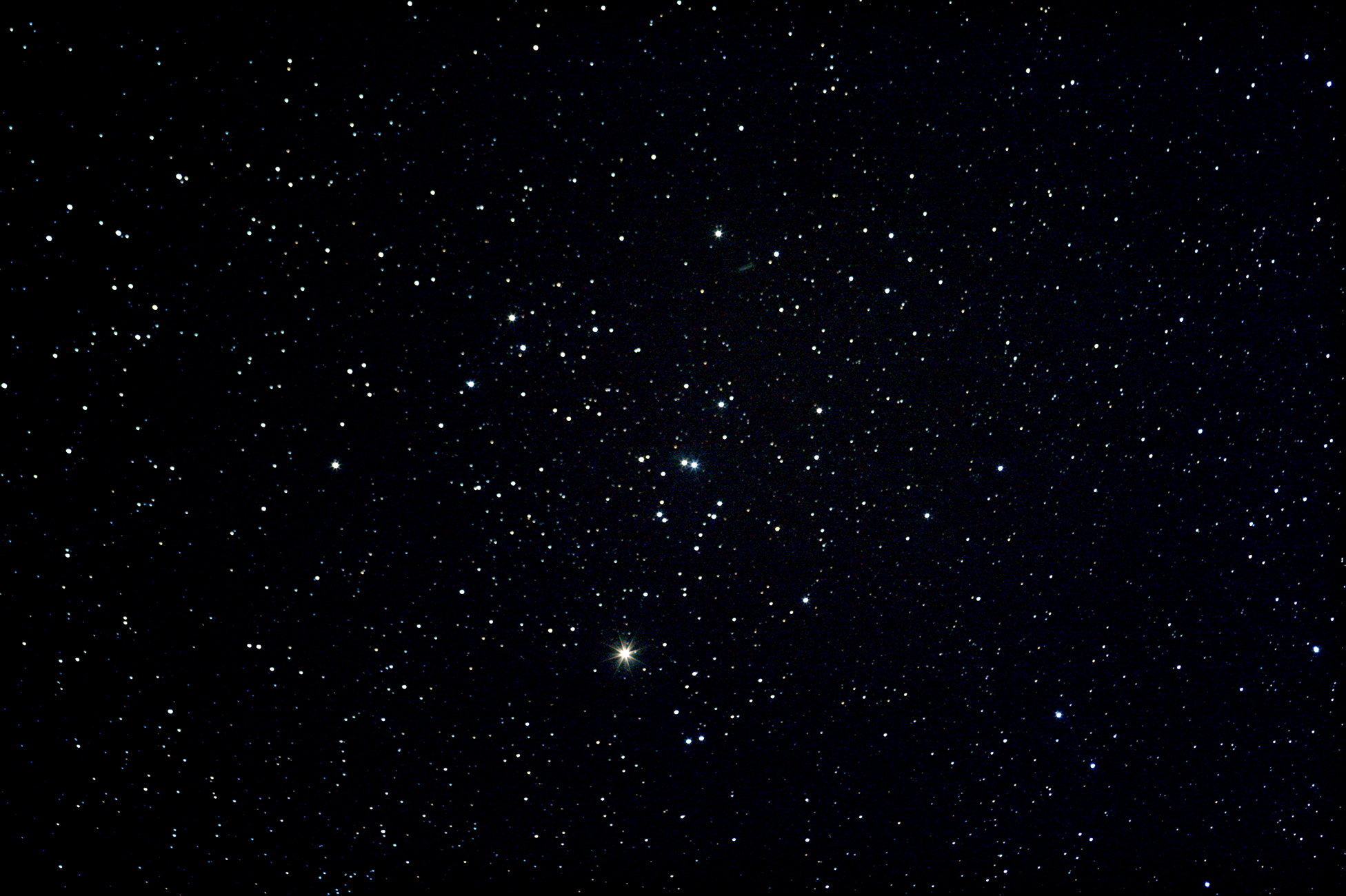| Image Source ( Mars' atmosphere reacting to Solar Winds) |
Approximately 4 billion years ago Mars was robbed of its atmosphere by the great solar wind permeating our solar system.
Like the earth does today, Mars once had a global magnetic field protecting it from the solar wind; however, Mars is slightly over half of the size of earth and thus has has a larger surface area to volume ratio. This is crucial, as a magnetic field is produced by the Dynamo effect from a planet's interior heat and Mars , having a large volume to surface area ratio, would have therefore lost its heat quicker. Which is indeed what happened; Mars' once molten core has now entirely solidified and electrical currents can no longer flow- hence the dissipation of the protective magnetic field.
| Image Source. The Earth has a global magnetic field which is able to deflect the solar wind around our planet, unlike Mars which is without a magnetic field and so the solar wind has a direct impact on the red planet. |
Being entirely exposed to the solar wind Mars was inevitably stripped of its atmosphere; in September 2014 NASA's MAVEN mission planted a spacecraft within the upper atmosphere of Mars to find out just how this happened. The space craft was placed into an elongated orbit around Mars analysing the atmospheric gas leave. Since then, MAVEN has obtained evidence showing that Mars' atmospheric composition exits in three main routes:
From a mass of gas encompassing the planet
The sun is constantly emitting high energy photons which knock directly into Mars' atmospheric molecules. Being of such high energy levels, the photons sputter the electrons within these molecules, thus ionising them. The solar wind ,being a magnetic field produces an electric field as it blows into Mars' atmosphere; this accelerates the ions to an escape velocity, contributing to the decrease in Mars' atmospheric composition. However, some only make it as far as the upper atmosphere. This also conduces towards the atmospheric loss, as these ions are high in energy and collide vigorously with other molecules, striking them out of the Martian atmosphere and into space. Although this route contributes to the diminishing of the Martian atmosphere, much fewer ions are lost than via the polar plume and the downward tail.
In a Polar plume
A plume is formed- operated from the planet's sun-facing pole- as a stream of ions are caught up in the electrical field (caused by the changing in direction of the solar magnetic field as it collides directly with Mars' upper atmosphere-electromagnetic induction). Resulting in a the magnetic and electrical fields linking perpendicularly to one another. Because of this the plume is directed upwards from the pole, rather than continuing forwards with the flow of the solar wind. Approximately 1/4 of Mars' atmospheric loss is carried out through this route.
As a downward tail
The other 3/4 is lost via a downwards tail; this is formed as the solar wind hits Mars' upper atmosphere and is deflected around the planet- this formation is otherwise known as bow shock. This flows at the night facing pole of the planet, creating a downward tail; great numbers of atmospheric ions are caught up in this flow and are therefore also lost to the solar wind.
Combined all three routes cause the planet to lose 10^24 atoms per seconds: roughly the equivalent to 100g. The below GIF gives a visual representation of these routes combined:
| GIF source |



